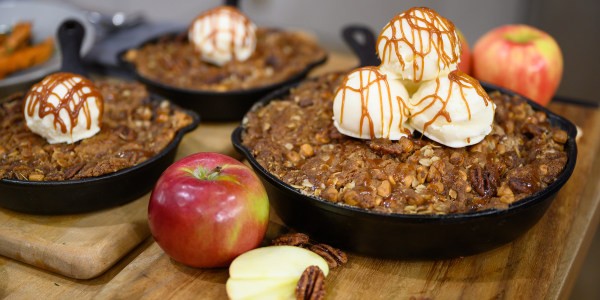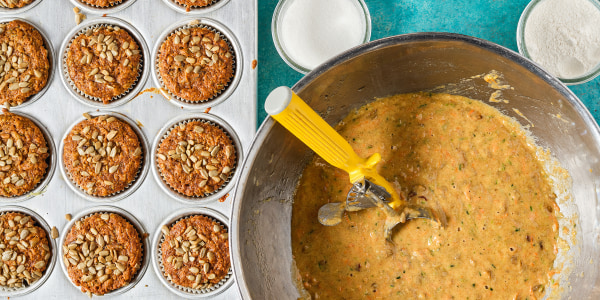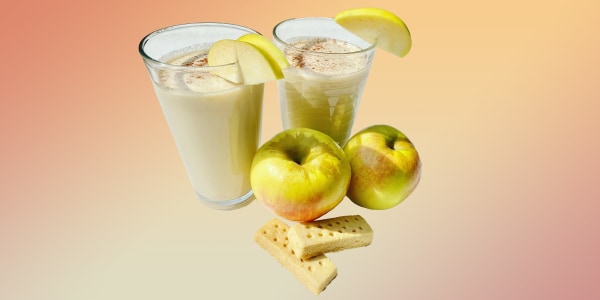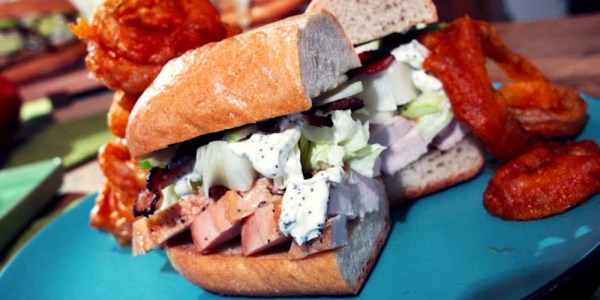It's apple season and TODAY Food is peeling back the curtain on chefs' best kept apple secrets. From navigating which types of apples work best for cooking to avoiding bad apples at the farm, we're getting all the tips, tricks and recipes to make the most of apple season.
This week, Jet Tila joined Savannah and Jenna to share some mouthwatering dishes using the fall fruit. In addition to Tila's guidance to make pork roulade and apple Dutch baby pancakes, TODAY spoke to chef, confectioner and educator Jürgen David, director of pastry research and development at the Institute of Culinary Education.
Let's get started!
Types of apples
For cooking: Look for apples that are firm, crisp and tight. This will ensure they will hold their shape during the cooking process. According to Tila and David, the best apples for baking are cooking are Golden Delicious and Granny Smith. When cooking with apples, always peel them first.
For snacking: "My favorite go-to apples for snacking are Honeycrisp and Fuji (which is a crossbreed of Red Delicious and Ralls Genet apple). It’s super sweet and has up to 80% sugar plus has a nice texture," David told TODAY.
Tila also enjoys Gala apples, which can often be found in larger or smaller sizes (great for kids' lunch boxes).
David recommends sampling a wide variety of apples available locally to determine which you like best. Other apples local to the Northeast available for snacking include:
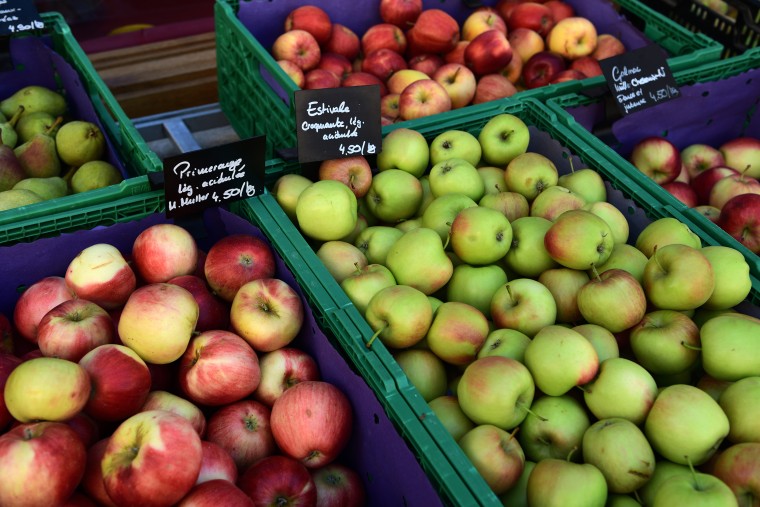
- Empire: sweet, crisp and extra crunchy
- Cortland: crisp, juicy, tart, sweet and browns slowly
- Crispin: sweet, notes of honey
- McIntosh: sweet, rich, hints of berry
- Macoun: flesh is snow white, juicy, hints of berry
- Rome: mild, not very sweet, tangy and floral
- Ruby Frost: balance of sweet and tart, crunchy
- Idared: juicy, crisp, yellow to pink hues of flesh with long storage potential,
- Jonagold: very large, honey-like scent, sweet with tangy aftertaste
Swap options: While Red Delicious is mealy and typically a great snacking apple, David also loves to use this variety when he makes applesauce because the texture breaks down nicely.
When David wants to use up whatever apples he has on hand and hasn't shopped specifically for cooking, he says cobblers work wonderfully with a nice mix of apples.
Apple picking? Get the best of the bunch
Many people flock to the countryside during autumn to pick their own apples. To go from amateur to expert, David recommends following these easy cues:
- Make sure the apples have no big bruises and check that there are no visible holes from insects.
- If you'e not eating or baking the apples that day, choose underripe apples and let them finish ripening at home.
- Different varieties also have different ripeness cues, for instance a Golden Delicious apple has small dots that appear on the skin that indicate ripeness.
- Apples should feel firm to the touch, not squishy.
- "Don’t be scared to try new varieties. There are so many delicious types of apples and I always teach my students to embrace all the different flavors and textures available," he said.
Peeling and prepping apples
To peel apples for cooking or eating, Tila prefers a slightly serrated peeler. He holds the apple and starts peeling at the top by the stem, gently turning the apple clockwise until the peeler works its way down to to the bottom.
Tila then gave us the scoop on one of his favorite prepping tools: a metal baking teaspoon. He halves his apple, then uses the round teaspoon to scoop out the core.
"I get the most amount of apple this way," Tila told TODAY.
If you're prepping apples ahead of time to be baked or cooked, David recommends squeezing a little lemon juice or basting them with a thin layer of melted butter to prevent the apples from browning without their skin. Though, oxidization can actually make for a sweeter apple for those who don't mind their fruit looking less than fresh.
How to use up a big bag of apples
- Any leftover apples that don't make it into a meal can be great tools for crafts and fall décor. Try halving the apples and letting kids dip the flat sides in paint. Or slice them and dry them out to add to wreaths.
- Once you've had enough pies, cobblers and apple compotes for after-dinner treats, David recommends using thinly sliced fresh raw apples on sandwiches. For example, grilled chicken breast, endive and sliced Granny Smith apples and provolone make a great grilled cheese.
- When a recipe calls for a liquid fat like oil or butter,"use extra apples to make an applesauce to replace that," David advised. "This is a healthier alternative and also creates great flavor."
Related:
